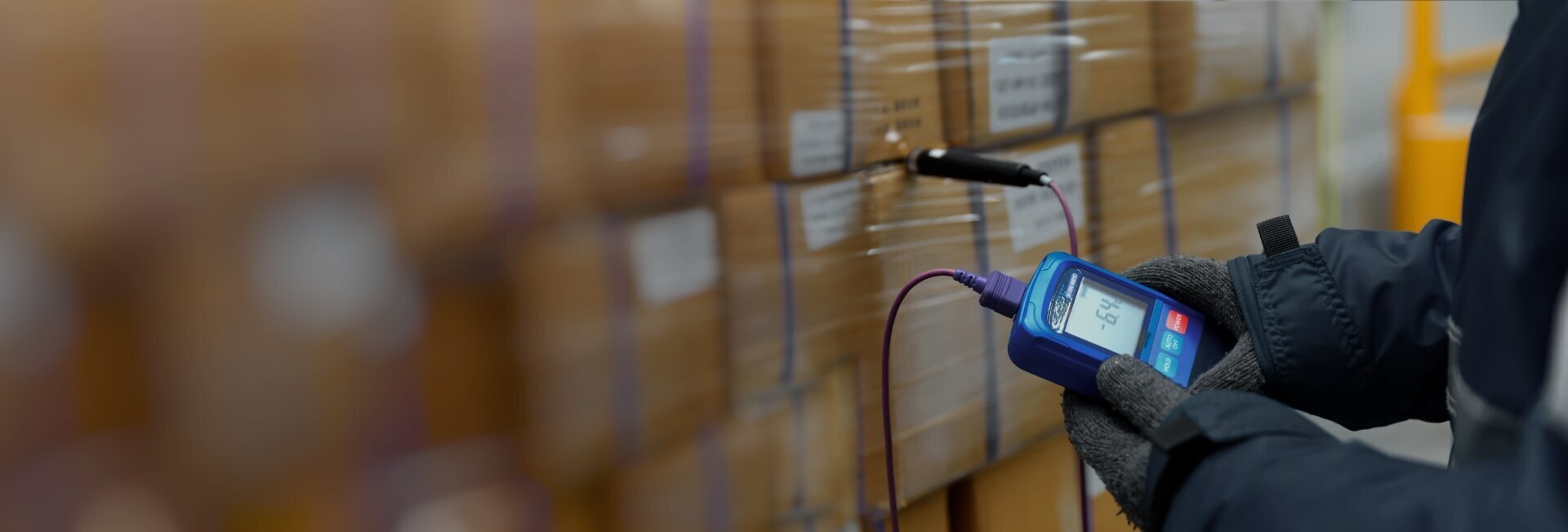
The impact of refrigerant leakage on the environment and sustainable cooling solutions
- Home
- Resources
- Cooling Unit Manufacturing Insights
- The impact of refrigerant leakage on the environment and sustainable cooling solutions
The Impact of Refrigerant Leakage on the Environment and Sustainable Cooling Solutions
Refrigeration and cooling systems play a crucial role in our daily lives, from preserving food to creating comfortable indoor environments. However, these systems can also have a negative impact on the environment if not properly maintained and managed. One of the major concerns is refrigerant leakage, which contributes to greenhouse gas emissions and ozone depletion. In this article, we will explore the environmental consequences of refrigerant leakage and discuss sustainable cooling solutions that can help mitigate these effects.
The Environmental Consequences of Refrigerant Leakage
Refrigerants are chemical substances used in cooling systems to absorb heat from the surroundings and transfer it elsewhere. They are typically contained within a closed-loop system, but over time, leaks can occur due to various reasons such as equipment failure, poor installation, or lack of maintenance. When refrigerants leak into the atmosphere, they can have several harmful effects:
- Greenhouse Gas Emissions: Many refrigerants, such as hydrofluorocarbons (HFCs), are potent greenhouse gases that can trap heat in the atmosphere and contribute to global warming. According to the United Nations Environment Programme (UNEP), the global warming potential of HFCs can be thousands of times higher than carbon dioxide.
- Ozone Depletion: Certain types of refrigerants, such as chlorofluorocarbons (CFCs) and hydrochlorofluorocarbons (HCFCs), contain chlorine and bromine atoms that can destroy the ozone layer when released into the atmosphere. The depletion of the ozone layer can lead to increased ultraviolet (UV) radiation reaching the Earth's surface, which poses risks to human health and ecosystems.
- Air Pollution: Refrigerant leakage can also contribute to air pollution. When refrigerants mix with other chemicals in the atmosphere, they can form smog, which can have detrimental effects on air quality and human respiratory health.
Considering the potential environmental consequences of refrigerant leakage, it is crucial to address this issue and implement sustainable cooling solutions.
Sustainable Cooling Solutions
To mitigate the impact of refrigerant leakage and promote environmentally friendly cooling practices, various sustainable cooling solutions have been developed. These solutions focus on minimizing refrigerant leakage, improving energy efficiency, and utilizing alternative refrigerants with lower environmental impacts. Here are some notable examples:
1. Energy-Efficient Cooling Systems
Energy-efficient cooling systems are designed to minimize energy consumption while maintaining optimal cooling performance. By utilizing advanced technologies and optimizing the design and operation of cooling units, these systems can significantly reduce greenhouse gas emissions associated with cooling. Some key features of energy-efficient cooling systems include:
- Highly efficient compressors and heat exchangers
- Optimal control algorithms for precise temperature regulation
- Effective insulation to reduce heat transfer
- Advanced monitoring and predictive maintenance capabilities
2. Natural Refrigerants
Natural refrigerants, such as carbon dioxide (CO2), ammonia (NH3), and hydrocarbons (HCs), have gained popularity as alternatives to synthetic refrigerants with high global warming potentials. These natural refrigerants have significantly lower environmental impacts and can be used in various cooling applications, including commercial cooling units, industrial cooling units, and precision cooling systems. However, it is essential to ensure proper handling and safety measures when using natural refrigerants due to their flammability or toxicity.
3. Preventive Maintenance and Leak Detection
Regular preventive maintenance and leak detection programs are critical for identifying and addressing refrigerant leaks before they become significant issues. By implementing comprehensive maintenance strategies and utilizing advanced leak detection technologies, such as infrared cameras and electronic leak detectors, cooling system manufacturers can minimize refrigerant leakage and reduce environmental impacts.
4. Improved Manufacturing Processes
Manufacturing efficiency plays a vital role in reducing the environmental impact of cooling systems. By optimizing production and distribution processes, cooling system manufacturers can minimize waste, energy consumption, and greenhouse gas emissions. Supply chain optimization, streamlined manufacturing, and the use of sustainable materials are some of the key strategies for achieving manufacturing efficiency and reducing the overall environmental footprint.
The Importance of Collaboration
Addressing the environmental impact of refrigerant leakage requires collaboration among various stakeholders, including manufacturers, policymakers, and consumers. Here are some ways in which collaboration can drive sustainable cooling solutions:
- Research and Development: Continued research and development efforts can lead to the discovery of new refrigerants with even lower environmental impacts and the development of innovative cooling technologies.
- Policies and Regulations: Governments and international organizations play a crucial role in implementing regulations and standards that encourage the use of sustainable cooling practices. These regulations can include phase-outs of high-global warming potential refrigerants and incentives for energy-efficient cooling systems.
- Consumer Awareness and Education: Educating consumers about the environmental impact of cooling systems and promoting energy-efficient and environmentally friendly options can drive demand for sustainable cooling solutions.
- Industry Collaboration: Collaboration among cooling system manufacturers, suppliers, and other industry stakeholders can foster knowledge sharing and best practices, leading to the development and adoption of sustainable cooling technologies.
Conclusion
The impact of refrigerant leakage on the environment is a significant concern that demands immediate action. By implementing sustainable cooling solutions, such as energy-efficient cooling systems, the use of natural refrigerants, preventive maintenance, and improved manufacturing processes, we can mitigate the negative environmental consequences of refrigerant leakage. Collaboration among manufacturers, policymakers, and consumers is essential to drive the adoption of these solutions and create a more sustainable future for cooling technology. By embracing environmentally friendly cooling practices, we can ensure the comfort and well-being of current and future generations while preserving our planet.
Related Blogs
The importance of education and awareness in promoting the adoption of green cooling technology
Read More